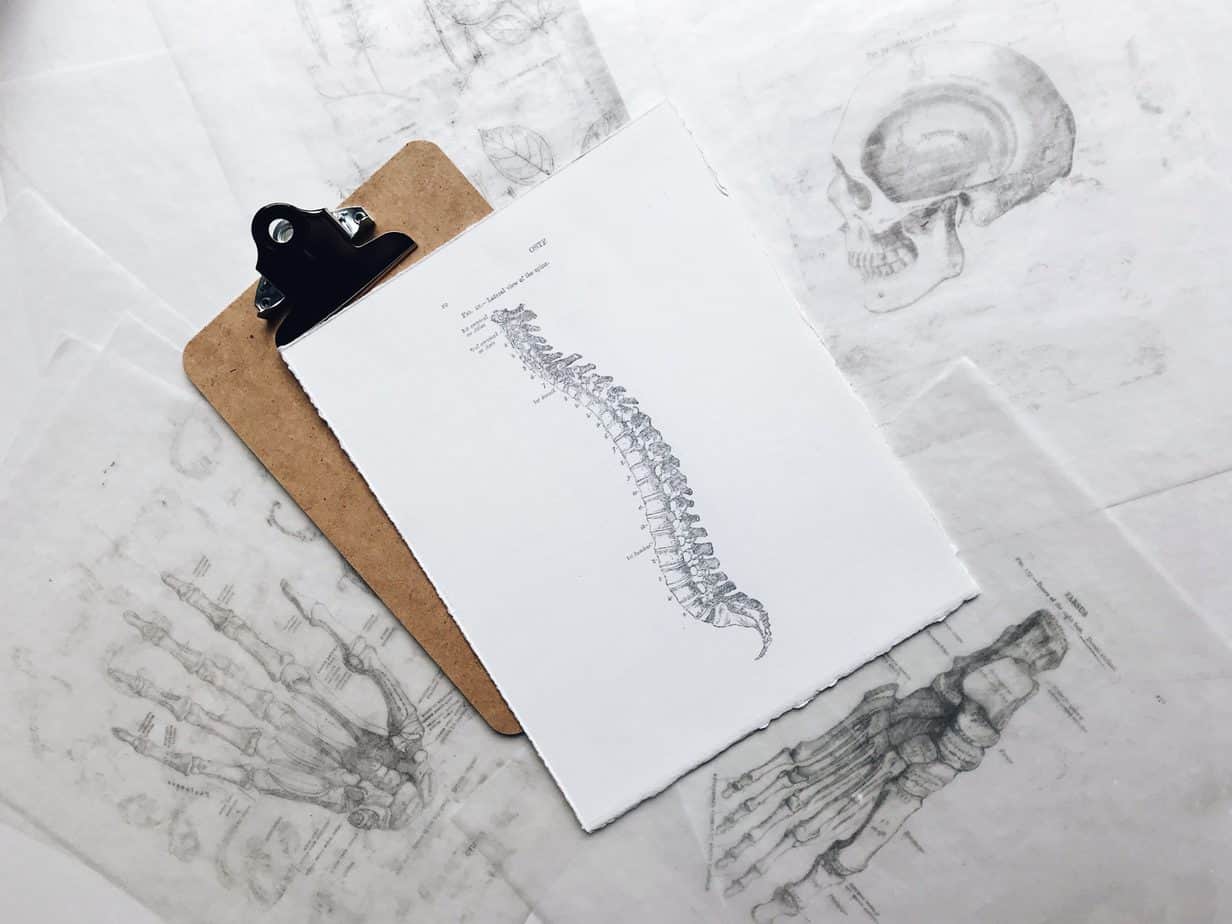Soluble Fiber Vs Insoluble Fiber

Fiber. We’ve all heard about it and probably know that it should be incorporated into our diet; but what exactly is fiber? Why is it so important to gut health and how can we make sure we are getting enough of it? Let’s break it down.
What is Fiber?
Fiber is any type of carbohydrate that your body cannot digest. In other words, fiber moves through our GI tract intact without being broken down for fuel. Although our bodies do not break down and absorb fiber this does not mean that it is not crucial to our overall health. Maintaining adequate fiber intake can help reduce the risk of diabetes, heart disease, constipation and some types of cancer.
Fiber is most commonly classified as soluble or insoluble.
What is the difference between soluble fiber and insoluble fiber?
Soluble:
Soluble fiber dissolves in water and ends up forming a gel-like substance in our large intestine or colon. Once in our colon, our good gut bacteria feeds on this gel-like substance which helps lower blood cholesterol and glucose levels. It is common for gas to be formed as soluble fiber moves through our colon.
Insoluble:
Insoluble fiber does not dissolve in water and is left intact as it moves through our colon. This type of fiber can help prevent constipation. Because it is indigestible, this fiber then sticks to other byproducts of digestion which can help add bulk to our stool and make it easier to pass. By preventing constipation, insoluble fiber can also help reduce the risk of hemorrhoids or diverticular disease.
How can we add this to our diet?
- Soluble fiber can be found in:
- Oats
- Peas
- Black beans
- Lima beans
- Apples
- Citrus fruits
- Carrots
- Barley
- Chia seeds & flax seeds
- Psyllium
- Insoluble fiber can be found in:
- Whole wheat flour
- Cauliflower
- Green beans
- Sweet potatoes
- Blackberries
- Nuts
- Almonds
- Pistachios
- Peanuts
- Unpeeled apples
How can Pelvic PT Help?
Pelvic physical therapy evaluation involves looking at the entire digestive tract and using various interventions to improve its function.
This may include but is not limited to:
- Manual therapy including visceral mobilization
- Neuromuscular re-education to retrain the muscles how to defecate properly
- Biofeedback to improve relaxation of the pelvic floor
- Use of modalities like interferential electrical stimulation
- Use of rectal expulsion balloons.
- The balloons are used to re-train rectal sensations and teach people to realize when they can defecate effectively with a smaller stool.
- Patient education is critical and involves things like teaching proper ergonomics of defecation resembling more of a squat position.
What is Visceral Mobilization?
Visceral manipulation is a type of gentle manual therapy aimed to improve mobility and motility of organs in the body. Mobility of an organ is caused by the pushing and pulling of connective tissues, such as with respiration. Motility is the organs’ own intrinsic active movement, separate from respiration. A restriction anywhere in the body can affect all tissues and organs around it, including their motions and, therefore, their functions. This can be due to inflammation due to trauma or illness.
We’re Here to Help!
Body Harmony Physical Therapy offers one pelvic health physical therapist to one patient evaluation and treatment sessions. Our treatments are for up to one hour in a private treatment room (not a booth). We provide individualized home programs to every patient. We offer a consultation call option for potential patients who have questions or concerns related to physical therapy.







